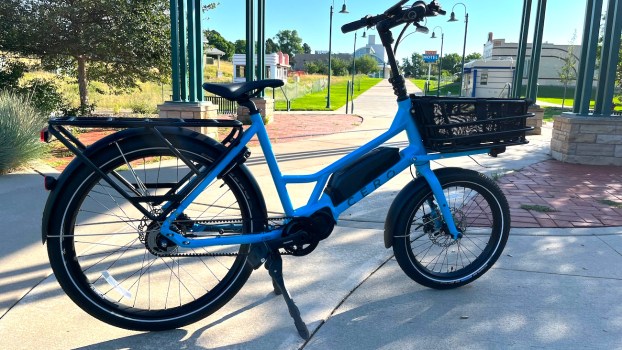
Do You Need to Wear a Helmet When Riding an E-Bike?
Many would be surprised to learn that electric bicycles, or e-bikes, have been around since the 19th century. Their popularity has fluctuated until recent years. Now with the growing focus on EVs and an eco-friendly, sustainable transportation system, there’s an increasing interest in electric bikes. So, what’s involved in buying, owning, and legally operating an e-bike? For example, are helmets required to ride and use an e-bike?
Three types of electric bikes
There are three classes of e-bikes, defined by their maximum speed and how much assistance they get from their electric motors. The classifications are general and depend on the regulations in different areas. Depending on where you are, the classes might vary slightly.
Class 1 e-bikes are also called pedal-assist e-bikes. These bikes have an electric motor that only assists when the rider pedals. The maximum assisted speed of Class 1 e-bikes is around 20 mph. They are usually legal for use where standard bicycles are permitted with no license or insurance required.
Class 2 e-bikes are also called throttle-assist e-bikes or “low-speed electric bicycles.” The electric motor on this bike is activated by a throttle, and its top-assisted speed is usually around 20 mph. Class 2 e-bikes are legal in some areas where standard bicycles are permitted, but you may need a license and/or insurance to ride one.
Class 3 e-bikes are called speed e-bikes or speed pedelecs. Like Class 1 e-bikes, they have electric motors that provide assistance only when the rider pedals, but they go faster. Class 3 e-bikes usually go up to 28 mph and are legal in some places where bicycles are allowed. However, they may require insurance, a license, and/or registration to operate. Regulation for these is stronger than that of the other classes as some states consider them mopeds or motorized vehicles.
E-bike helmet laws in the U.S.

According to Himiway, helmet laws can differ for each class and vary by state in the U.S. Typically, helmet laws for e-bikes stay close to the guidelines for helmets for standard bicycles. For most states, Class 1 e-bikes don’t have helmet requirements for those over the age of 16. Still, some states require all cyclists to wear a helmet no matter how old they are.
The helmet laws for Class 2 e-bikes are stricter. Some states require anyone of any age with a Class 2 e-bike to wear a helmet. Other states may allow exceptions for riders within certain age parameters.
Helmet laws for Class 3 e-bikes are understandably the strictest in many U.S. states. Some states require all Class 3 e-bike riders to wear a helmet. Additional safety equipment like lights and mirrors might also be required.
It’s essential for e-bike riders to check their local laws and regulations for specific helmet requirements for their area, according to Linky.
Other e-bike laws in America
It’s also important to check local laws, state, and city, if applicable, for other regulations applying to e-bikes. There may be power and speed limits for each class of bike. Class 1 electric bikes, for example, may be limited to 750 watts and a maximum speed of 20 mph.
Age requirements may apply for e-bike operation, especially for Class 2 and 3 e-bikes. In California, Class 3 e-bike riders must be at least 16 years of age.
There may be restrictions on where you can ride e-bikes, especially on roads or trails designated for bicycle use. You may be required to ride your e-bike on bike paths or in bike lanes only in some states. In others, you may be able to use them on roads with motor vehicles.
Some states may impose equipment standards for safety. Some states require electric bikes to have bells, lights, reflectors, and more. There could also be requirements for brakes and tires.
Finally, some states may require licensing and registration of e-bikes. You may need a valid license and registration, especially for Class 3 e-bikes. Fees for these may apply.
To ensure you’re following all applicable laws, check local laws at venues like Bosch before buying and riding your e-bike for a safe ride experience.



